WHAT IS NDT (NON-DESTRUCTIVE TESTING)?
What Is NDT (Non-Destructive Testing)?
Non-Destructive Testing, or NDT, refers to a variety of inspection techniques that allow professionals to assess the condition of materials, systems, or components without causing any damage. This method is widely used in industries where safety and integrity are critical.
NDT stands for Non-Destructive Testing, a crucial process in many industries that allows inspectors to evaluate the properties of materials or structures without altering them. This technique helps identify potential flaws, cracks, or weaknesses that could lead to failure, ensuring the safety and reliability of critical infrastructure.
In the field, NDT is often used as an umbrella term that encompasses various inspection methods, tools, and even entire fields of non-destructive evaluation. It's not limited to industrial settings—NDT can also be found in medical applications, such as X-rays, ultrasounds, and MRIs, which help diagnose health issues without invasive procedures.
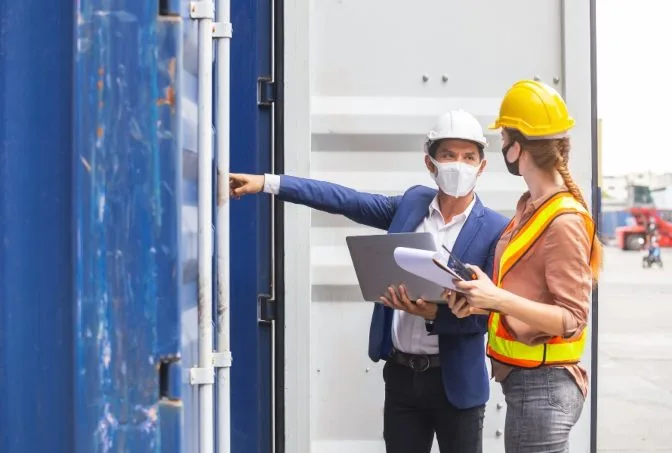
Commercially, the goal of NDT is to maintain the integrity of essential systems, preventing catastrophic failures that could endanger lives or cause significant financial loss. While NDT is commonly associated with industrial applications like inspecting pipelines or boilers, it's also widely used in medicine, aerospace, and automotive sectors.
For instance, an expecting mother undergoing an ultrasound to check on her baby’s development is engaging in a form of NDT. Similarly, a patient receiving an X-ray to examine an injury is also benefiting from non-destructive testing. These examples show how NDT plays a vital role in everyday life, even if we're not always aware of it.
Importantly, NDT doesn't always require specialized equipment. A simple visual inspection by an experienced inspector can sometimes be sufficient to detect issues. For example, checking the exterior of a pressure vessel with the naked eye qualifies as NDT because it involves gathering information without damaging the asset.
Whether using advanced sensors or just the human eye, the core principle of NDT remains the same: to collect accurate, reliable data in a way that preserves the integrity of the material being tested.
What Is NDT?
We've explored what NDT stands for and its general usage across different industries. Now let's dive deeper into the specifics that define this essential field.
The Importance of NDT
Ensuring the proper maintenance of assets is one of the most critical aspects of any operation. The importance of NDT cannot be overstated—it's a key factor in maintaining safety, efficiency, and cost-effectiveness.
Here are some of the main reasons why NDT is so widely adopted:
-
Savings. NDT is more cost-effective than destructive testing because it allows materials to remain intact after inspection, saving money and resources.
-
Safety. Most NDT methods are safe for personnel, with only radiographic testing posing any real risk.
-
Efficiency. NDT provides quick and thorough evaluations, which is essential for maintaining operational continuity and safety.
-
Accuracy. NDT methods have proven to be highly accurate and reliable, making them ideal for maintenance and quality control processes.
"NDT is the backbone of any well-maintained facility. Technicians must be highly trained and certified to perform these tests accurately. Their ability to interpret data and make informed decisions is crucial for the safety of people and the longevity of equipment."
- Jason Acerbi, General Manager at MFE Inspection Solutions, "Your One Stop Inspection Source"
Where is NDT Used?
NDT is used across a wide range of industries, from oil and gas to aerospace, healthcare, and beyond. In fact, it's hard to imagine a sector that doesn’t benefit from some form of non-destructive testing.
Some of the most common industries that rely heavily on NDT include:
- Oil & Gas
- Power Generation
- Chemicals
- Mining
- Aerospace
- Automotive
- Maritime
To access hard-to-reach areas, inspectors often use methods like scaffolding, rope access, or drones. Each of these approaches has its own advantages and challenges, but all aim to gather critical data safely and efficiently.
NDT Codes and Standards
NDT techniques are used in a variety of inspections, especially for high-risk assets like boilers, pressure vessels, and pipelines. To ensure consistency and safety, many countries have established strict codes and standards that govern how these inspections are conducted.
These standards typically require periodic inspections by certified professionals, with results reviewed by authorized witnesses. Some of the most recognized organizations in this field include:
- API (American Petroleum Institute)
- ASME (American Society for Mechanical Engineers)
- ASTM (American Society for Testing and Materials)
- ASNT (American Society for Nondestructive Testing)
- COFREND (French Committee for Non-destructive Testing Studies)
- CSA Group (Canadian Standards Association)
- CGSB (Canadian General Standards Board)
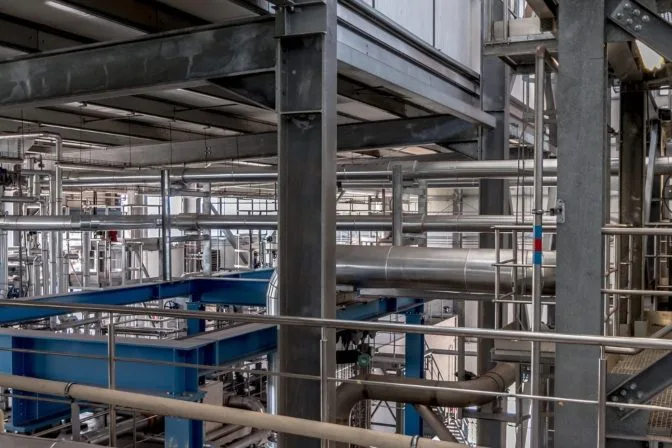
What Is the Difference Between Destructive Testing and Non-Destructive Testing?
Non-Destructive Testing (NDT) is a method used to gather information about a material without causing any damage. In contrast, Destructive Testing (DT) involves altering or destroying the material during the inspection process.
The primary difference between the two is that NDT allows for the preservation of the material, while DT does not. For example, in destructive testing, a sample might be cut, heated, or otherwise modified to analyze its properties.
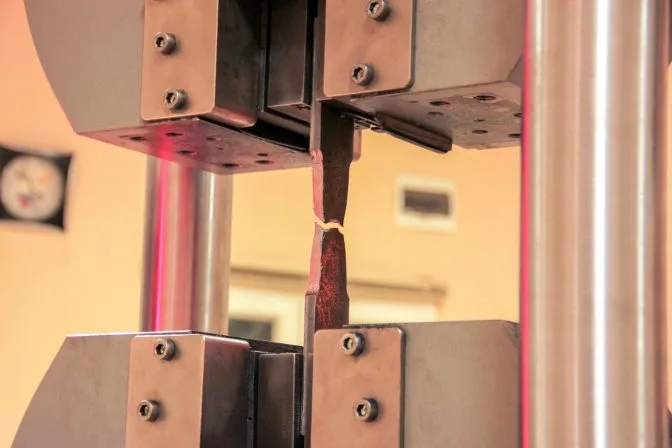
Some common examples of destructive testing include:
- Macro sectioning: Examining a polished and etched section of a weld.
- Tensile testing: Applying tension to a material to determine its strength.
- 3 point bend testing: Bending a sample to assess its flexibility and ductility.
While destructive testing can provide valuable insights, it's not always practical or cost-effective. That's where NDT comes in, offering a safer and more efficient alternative.
NDT and NDE
While NDT is the most commonly used term, there are other related terms that describe similar processes. NDE stands for Non-Destructive Examination or Non-Destructive Evaluation, and NDI stands for Non-Destructive Inspection. These terms are often used interchangeably, though they may have slight differences in context or application.
The 8 Most Common NDT Methods
There are several techniques used in NDT, each designed to gather specific types of data. These methods vary in their approach, tools, and the type of defects they can detect. Some are surface-level inspections, while others can penetrate deep into the material to find hidden flaws.
Some of the most widely used NDT methods include:
- Visual Testing (VT)
- Ultrasonic Testing (UT)
- Radiography Testing (RT)
- Eddy Current Testing (ET)
- Magnetic Particle Testing (MT)
- Acoustic Emission Testing (AE)
- Dye Penetrant Testing (PT)
- Leak Testing (LT)
1. Visual Testing (VT)
Definition: Visual Non-Destructive Testing involves examining a material using the naked eye or remote tools like cameras and drones. It's the simplest and most accessible form of NDT.
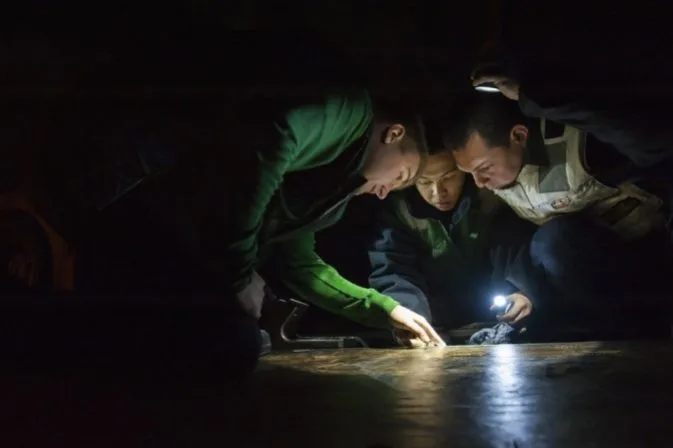
How to Conduct Visual Testing
Visual testing can be done manually or with the help of Remote Visual Inspection (RVI) tools. Inspectors may use flashlights, cameras, or drones to examine difficult-to-reach areas without physically entering them.
Read our guide on visual testing.
2. Ultrasonic Testing (UT)
Definition: Ultrasonic Non-Destructive Testing uses high-frequency sound waves to detect internal flaws in a material. This method is highly effective for identifying cracks, voids, and other imperfections.
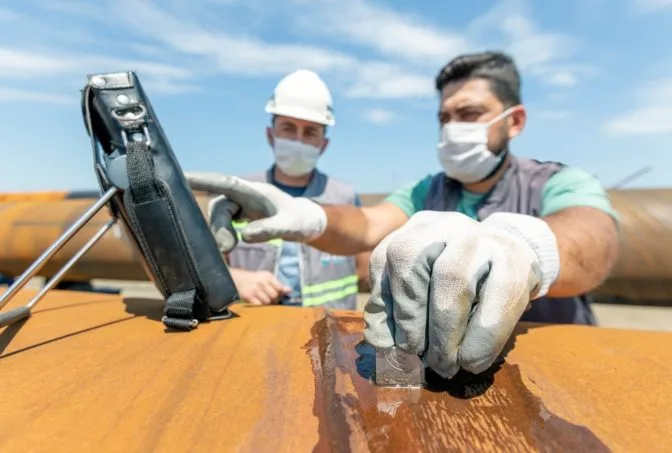
How to Conduct Ultrasonic Testing
Ultrasonic testing works by sending sound waves through a material and measuring the reflections. This technique is widely used in industries like aerospace and manufacturing for detecting internal flaws.
Read our guide on ultrasonic testing.
3. Radiography Testing (RT)
Definition: Radiography Non-Destructive Testing uses X-rays or gamma rays to create images of a material's internal structure. This method is particularly useful for detecting hidden defects and irregularities.
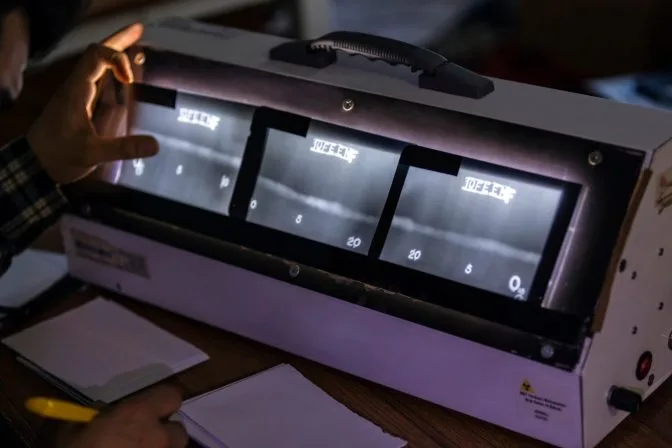
How to Conduct Radiography NDT Testing
Radiography testing involves directing radiation through a material and capturing the resulting image on film or a digital detector. This method is commonly used in the inspection of welds and other critical components.
Read our guide on industrial radiography.
4. Eddy Current (Electromagnetic) Testing (ET)
Definition: Eddy Current Non-Destructive Testing is an electromagnetic method that uses induced currents to detect surface and near-surface flaws in conductive materials.
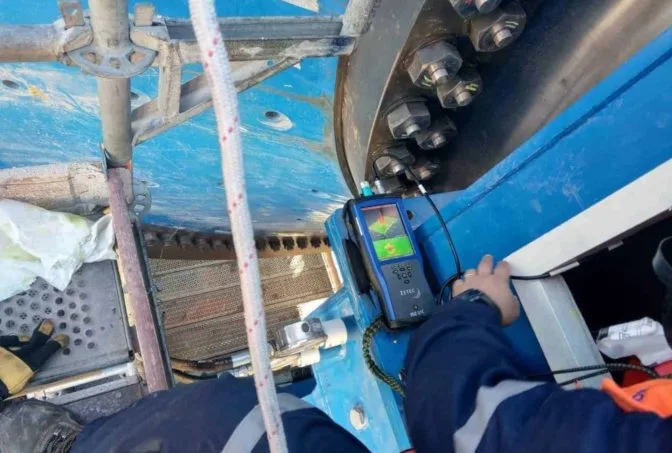
How to Conduct Eddy Current Testing
This method involves generating eddy currents in a material and analyzing their behavior to detect anomalies. It's particularly useful for inspecting metals and other conductive materials.
Read our guide on eddy current testing.
5. Magnetic Particle Inspection (MPI)
Definition: Magnetic Particle Non-Destructive Testing is used to detect surface and near-surface flaws in ferromagnetic materials by examining disruptions in the magnetic field.
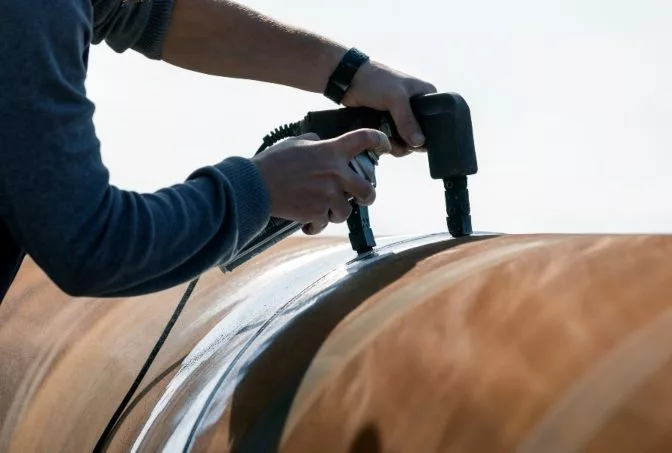
How to Conduct Magnetic Particle Inspection
Inspectors apply a magnetic field to the material and then sprinkle iron particles over the surface. Any disruptions in the magnetic field will be visible, indicating the presence of defects.
Read our guide on magnetic particle inspection.
6. Acoustic Emission Testing (AE)
Definition: Acoustic Emission Non-Destructive Testing detects acoustic emissions caused by defects or stress in a material, allowing inspectors to locate and analyze potential issues.
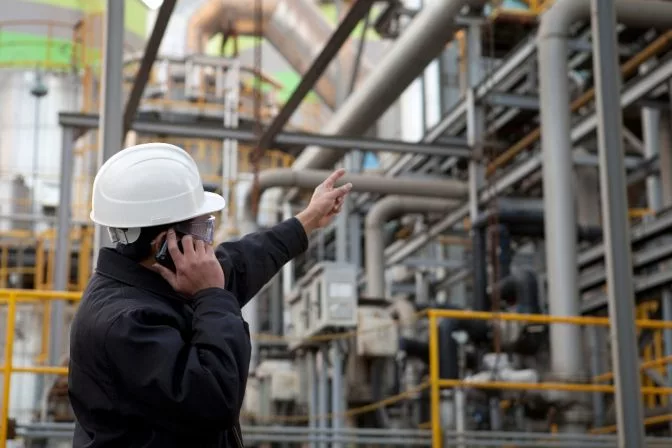
How to Conduct Acoustic Emission Testing
This method involves monitoring the sounds produced by a material under stress. By analyzing the intensity and location of these sounds, inspectors can identify potential flaws or weaknesses.
Read our guide on acoustic emission testing.
7. Dye Penetrant Testing (PT)
Definition: Dye Penetrant Non-Destructive Testing involves applying a liquid penetrant to a material's surface and then removing it to reveal surface flaws.
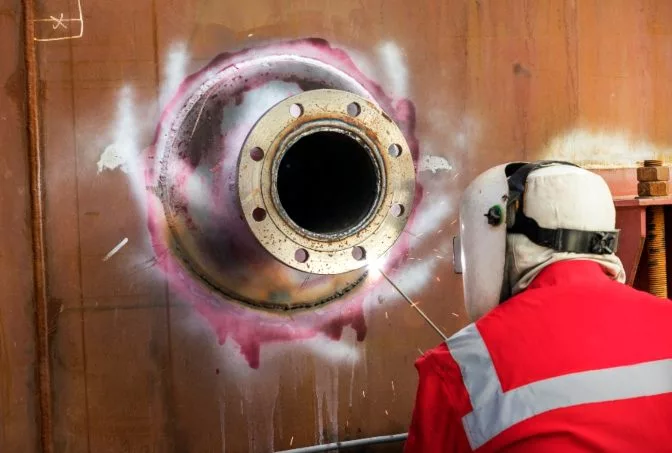
How to Conduct Penetrant Testing
Inspectors apply a dye to the surface of the material, then remove the excess and use a developer to draw out the penetrant from any defects. This makes the flaws visible under UV light or through color contrast.
Read our guide on dye penetrant testing.
8. Leak Testing (LT)
Definition: Leak Non-Destructive Testing is used to detect leaks in vessels or structures, helping to identify potential defects that could compromise integrity.
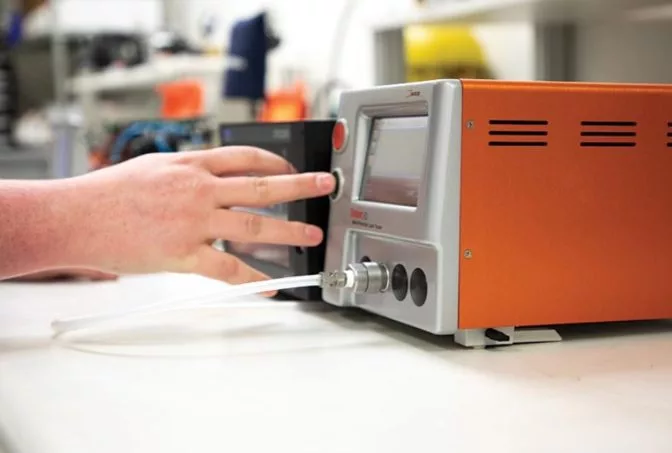
How to Conduct Leak Testing
Leak testing can involve pressure gauges, soap-bubble tests, or electronic listening devices to detect leaks in pipes, tanks, or other structures. This method is essential for ensuring the safety and efficiency of fluid systems.
Read our guide on leak testing.
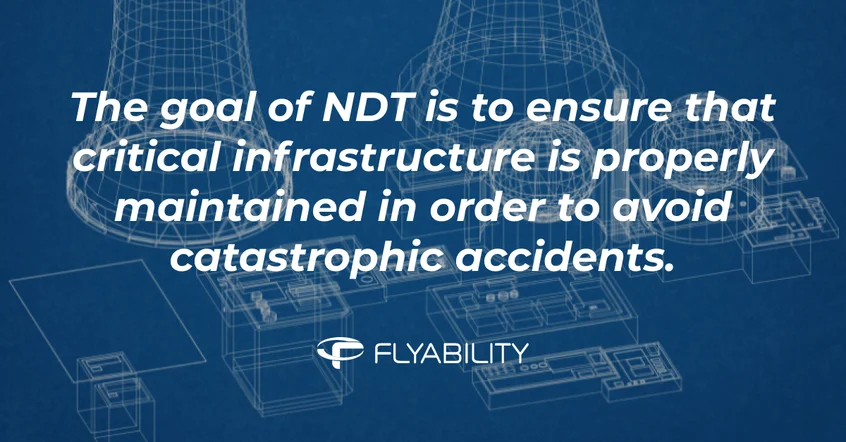
Welding NDT
Welding NDT is the use of non-destructive testing to inspect welds, ensuring they meet quality and safety standards. Welds are critical components in many industrial structures, and improper welding can lead to serious failures.
Common flaws found in weld NDT include:
- Poor weld quality due to the presence of slag
- Fatigue caused by human error
- Flaws due to incorrect technique or setup
- Environmental damage from extreme conditions
The most common welding NDT methods include:
- Ultrasonic testing
- Magnetic particle inspection
- Acoustic emission testing
- Dye penetrant testing
- Radiography testing
- Eddy current testing
Visual inspection is also used for basic assessments, though it may not be as detailed as other methods. The goal of NDT in welding is to identify surface or internal defects that could lead to failure, ensuring the structural integrity of the weld.
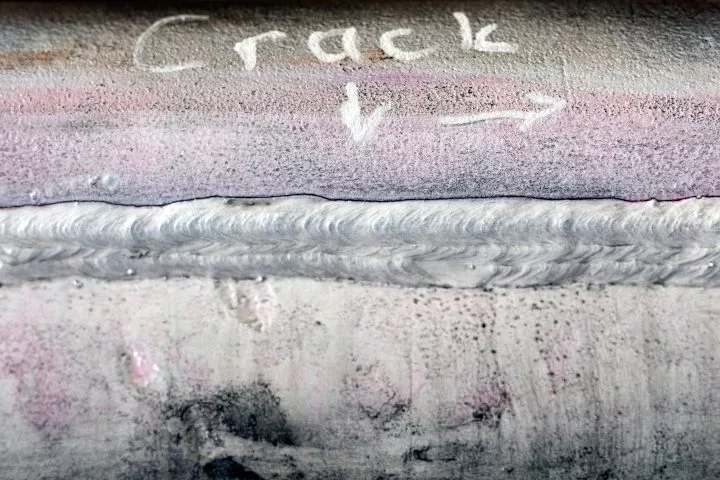 Welding NDT test of a crack performed via magnetic particle inspection
Welding NDT test of a crack performed via magnetic particle inspection
If a weld fails, the consequences can be severe, especially in critical systems like boilers or pressure vessels. Therefore, regular and thorough NDT of welds is essential for maintaining safety and performance.

What is the best NDT welding inspection method?
While multiple NDT methods can be used for welding, the most effective is often ultrasonic testing using the phased array approach. This method offers high accuracy and speed, making it ideal for complex weld inspections.
It requires minimal setup and provides detailed data quickly, which is especially beneficial in time-sensitive environments.
Destructive and Non-Destructive Testing in Welding
As we’ve discussed, NDT is widely used in welding to ensure the quality and integrity of welds without damaging them. However, destructive testing is also employed in certain cases to evaluate the internal structure and mechanical properties of a weld.
Common types of destructive weld testing include:
- Guided bend weld test: Bending a sample of the weld to assess its internal structure.
- Macro etch weld testing: Analyzing a small portion of the weld after polishing and etching.
- Transverse tension test: Evaluating the tensile strength of the base metal, weld metal, and their bond.
How Drones Can Help with NDT
In recent years, drones equipped with cameras have become increasingly popular in NDT, particularly for collecting visual data. Initially, drones were used mainly as supplementary tools, but advancements in technology have expanded their role significantly.
Today, drones are often used as Remote Visual Inspection (RVI) tools, allowing inspectors to gather visual data without entering hazardous or confined spaces. This not only improves safety but also increases efficiency and reduces downtime.
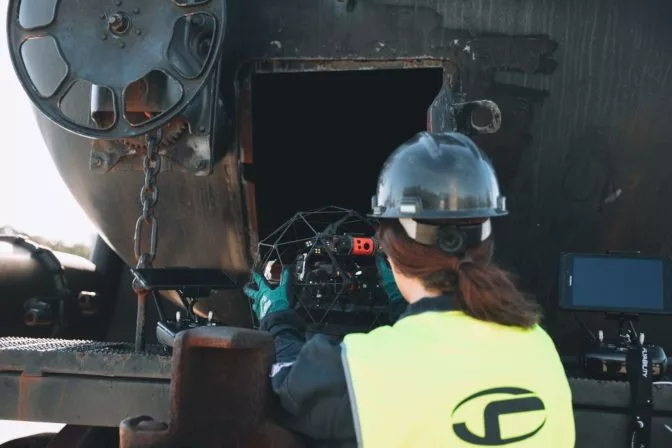
Two of the main ways drones are helping in NDT today are:
Safety
Drones reduce the need for inspectors to enter dangerous or confined spaces, significantly improving workplace safety. For outdoor inspections, such as power lines or towers, drones minimize the time inspectors spend in the air. For indoor inspections, like those of pressure vessels or boilers, drones eliminate the need for manual entry, reducing exposure to risk.
Savings
Drones can improve ROI in both indoor and outdoor scenarios, but the savings are especially notable in indoor inspections. Using a drone instead of building and dismantling scaffolding saves time and reduces downtime. Additionally, frequent inspections made possible by drones can identify issues early, extending the lifespan of assets and saving costs in the long run.
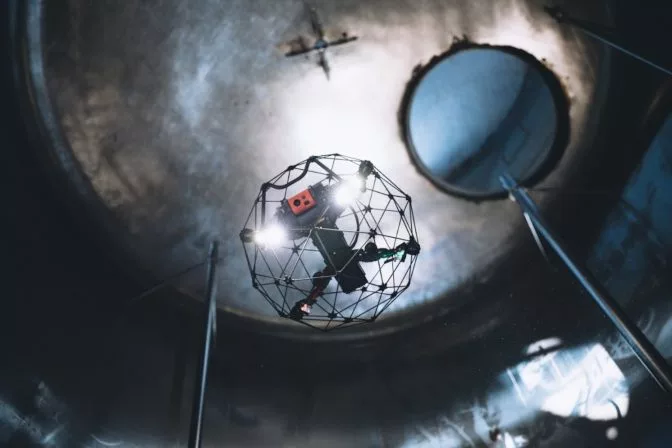
What’s Next for Drones in NDT?
Currently, the primary use of drones in NDT is for visual data collection. However, as technology advances, drones are now being equipped with a variety of sensors, including thermal, ultrasonic, magnetic, and radiographic sensors. This expansion allows for more comprehensive data collection without direct contact with the asset.
Software solutions are also evolving to support NDT workflows. Tools like Inspector 4.0, developed by Flyability, enable inspectors to create 3D models of inspected assets, pinpointing defects with precision. This innovation addresses a long-standing challenge in the industry, saving time and improving accuracy.
With the integration of machine learning and AI, drone-based NDT is becoming more intelligent and efficient. These technologies help analyze large volumes of data, flagging potential issues for further review. Companies like WinCan are already using AI-powered software to enhance sewer inspections, demonstrating the growing capabilities of NDT technologies.
Advancements in drone technology, sensor diversity, and data processing are transforming the NDT landscape, making it more efficient and safer for inspectors. As these innovations continue, the future of NDT looks promising, with drones playing an increasingly important role in the field.
Read about the seven major benefits drones provide for NDT.
Â
Aromatherapy Ceramic,Absorbent Ceramics For Sale,Porous Ceramic Sheet,Round Aromatherapy Ceramic
Yixing Xiangyang Jiujiu Chinaware Industry Co., Ltd. , https://www.xyjjceramic.com